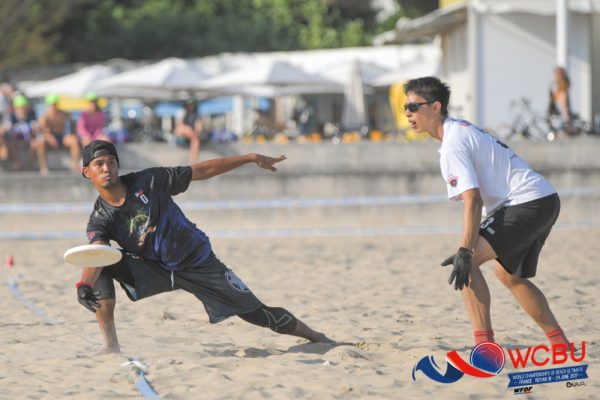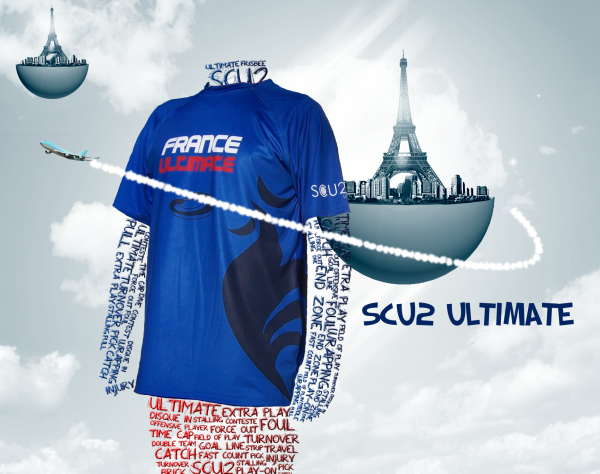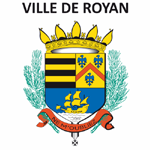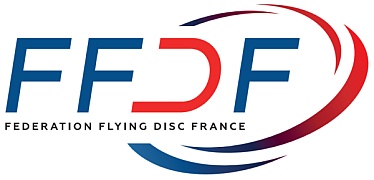The Philippines and Canada entered yesterday’s Mixed contest in similar positions. Both were undefeated as yet in the pool, both had conceded fewer than 30 points and scored around 60. It carried an air of importance that many of the other pool game did not; a de-facto knock out game, an indication of where these two strong teams, these contenders for the WCBU title, stood against similarly-powered squads.
The game started predictably. The Filipinos clearly run the same system as the Men’s team – very quick handler movement, with two cutters isolated down the field for big gains once the handlers have exhausted their marks. To start, the Philippines barely used their women other than as release valves when the men reached a high stall count. It seemed as though the game plan was to leave the women in the endzone – it was working well, as evidenced by Charlotte Mercer’s layout grab for the first point of the game.
The Canadians responded in kind with a much more Canadian point. They attacked the mark, moved the disc from side to side and scored at the second time of asking, a risky upside-down backhand offering the Philippines their first chance of a break. At 1-1 the first big defensive play of the game occurred, Sarah Bobak making a massive layout poach block to take the disc from the Philippines offence. Canada couldn’t convert, though, and Renante Onlayao Jr was involved in another score. That was to be a common theme.
The next point was crucial. An excellent, deep pull left Canada right at the back of their own endzone. A simple swing pass was dropped just past the line, and the Philippines slotted it home quickly for the first break of the game. Canada sorted themselves out rapidly – the next point was flawlessly executed.
The next point was where the Philippines started to see the kind of defensive pressure Canada would bring for the rest of the contest. A tough force and a lack of dump options led to a turn and a shot at the endzone for the North Americans. However, they didn’t contend with Onlayao making a huge aerial block on the scoring pass. The Filipino cutters looked to have slightly more in their legs than the Canadian defenders in a long, gruelling point and eventually Onlayao caught his second score of the game from Junthir Flores. The score was now 4-2 to the Philippines.
The teams traded until 6-4. It was evident that the Philippines were not going to be able to challenge the Canadians when they swung the disc. Canada’s disc skills and cutting precision, particularly to the break side, were too much for the much shorter Philippines. The only chance that PHI had of getting a block was on their spectacular endzone bids or a Canadian mistake – it wouldn’t come in flow.
That proved to be the case once again during the Canadian offence at 6-4. Chloris Elodine Manguerra got a huge block in the endzone for his team, allowing them to earn another break and enter half at 7-4.
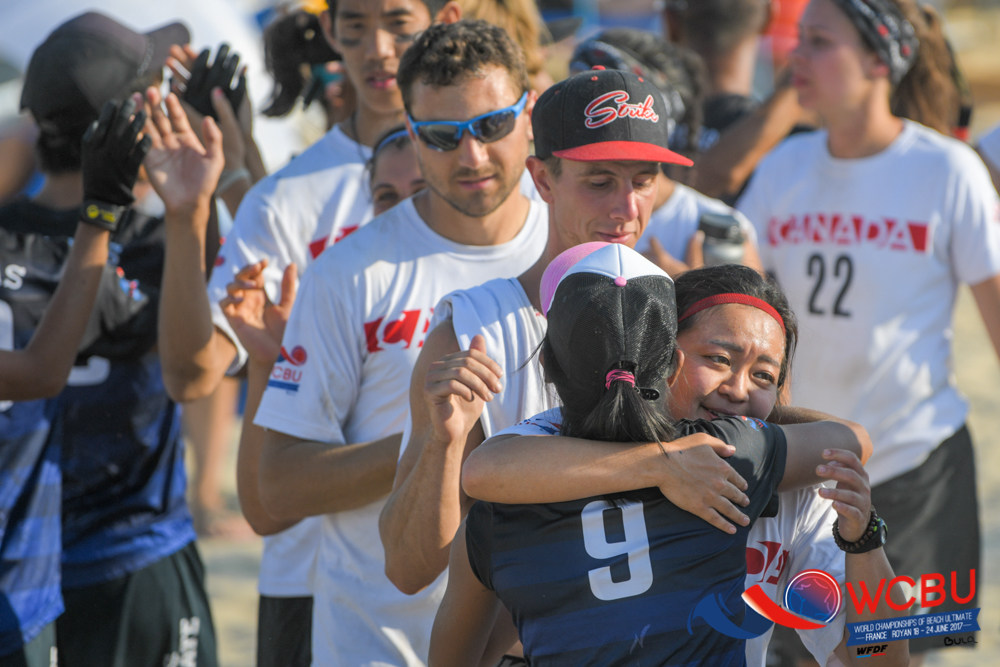
Filipino and Canadian players greet each other at the end of a tough game. Photo by Deepthi Indukuri.
Canada scored immediately and quickly out of the break, and put key offensive handler Justin Norden on a stacked D line. It proved to be a good decision as they earned a turn and put it away to narrow their deficit. This point, though, featured the first signs of what was to become, at times, a bad-tempered affair.
The next few points were far less eventful from a drama perspective, but filled with wonderful throws from both teams. Antonio Francisco had a particularly dreamy rollcurve flick for a score, while Justin Norden continued to chew up and spit out every force that was thrown at him; his flick breaks in particular were unstoppable.
At 9-8, there was a very long call on whether a Filipino handler had gone out of bounds on a cut up the line. The discussion eventually involved a number of players, and also featured some unwelcome interjections from a partisan sideline. The atmosphere of the game was beginning to sour, and both teams seemed somewhat affected. After the call was resolved, which took several minutes and ended with the disc returning to the thrower, the Philippines scored without much fuss. By this point they had started to involve their female players as well while still playing the same, familiar style, and it was both too much for the Canadians to handle and wonderful to watch.
The final point of the game summed up this Philippines squad nicely. A huge layout bid forced a drop from a Canadian cutter, and from there they churned up the sand, scoring with a short backhand from that man Onlayao to Jefferson Ong.
The teams huddled for some time after the game, discussing the issues that had arisen for both. Despite this long discussion, the teams found time for a call at the end of the discussion and both seemed to leave in good spirits. The spirit scores, 10 for the Philippines and nine for Canada, indicate that neither team was too unhappy with how the game was managed.
Canada coach JJ Thomson was disappointed with the result, but saw some positives for his side:
“It was a really intense battle that could have gone either way. I think a few little miscues on our end and them playing a really well executed game led to them coming out with those few extra points. I think if we played 10 times each would win five, that’s how evenly match the teams seem. Hopefully we can correct those miscues for the next game.
“We struggled with the quick cuts, we’ll need to change up our tactics and see what works better. We couldn’t really keep up with them so we’ll need to go back to the drawing board.
“These challenges keep everyone sharp. Going into the later stages with no losses can mean people are overconfident so I think this will drive us to work harder in the next games.”
On the spirit, he said:
“I think the intensity meant that people probably thought it was a bit less spirited than it actually was. I think at the end of every discussion the right call was made and I don’t think it ever got out of hand one way or another. Some of the discussions went on a little bit longer than we would have hoped for but I think both teams did the right thing in the end.”
Meanwhile. Philippines team manager Pinggoy Bautista said of the game:
“It feels great to finish at the top of our pool. We came into this game with complete focus on what we had to do, we knew Canada would come in strong because they’re a powerhouse team.
I think there were some calls that were unnecessary. I think it definitely could have been handled a lot better from both teams. That’s something that we would like to address in our game. One thing that is difficult to control sometimes is sidelines, and some spectators. Heckling is part of Ultimate but some of our players had to ask for things to calm down. However, I think both teams came away at the end of the game and did what they needed to so it finished with good spirit. We were very happy to play them.”
When asked how difficult it has been to prepare the team to play in this style, he was effusive in his praise of the effort the squad as a whole had put in:
“It has been very hard to get the style that we want into the team. We have to work very hard, it requires a lot of muscle memory and practice, a lot of sacrifice. A lot of these players have come from across the Philippines to Boracay. One of them has put his wedding on hold, some have left loved ones to train for a year for this event. All that sacrifice has paid off so far and we’re very happy for this win. Hopefully we can continue this streak until the later part of the tournament. We want to show the world what Filipino Ultimate is all about.”
By Sean Colfer.


